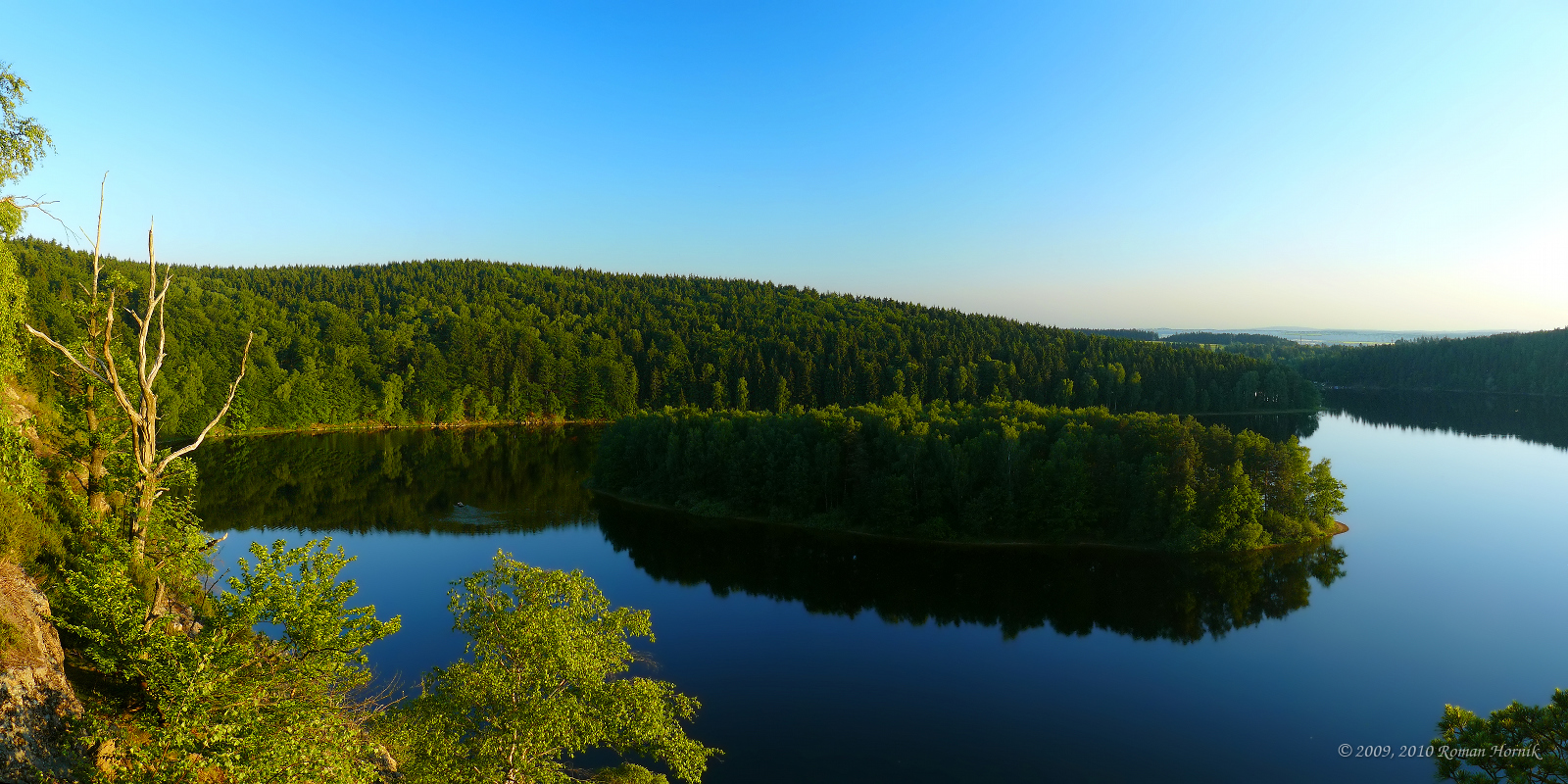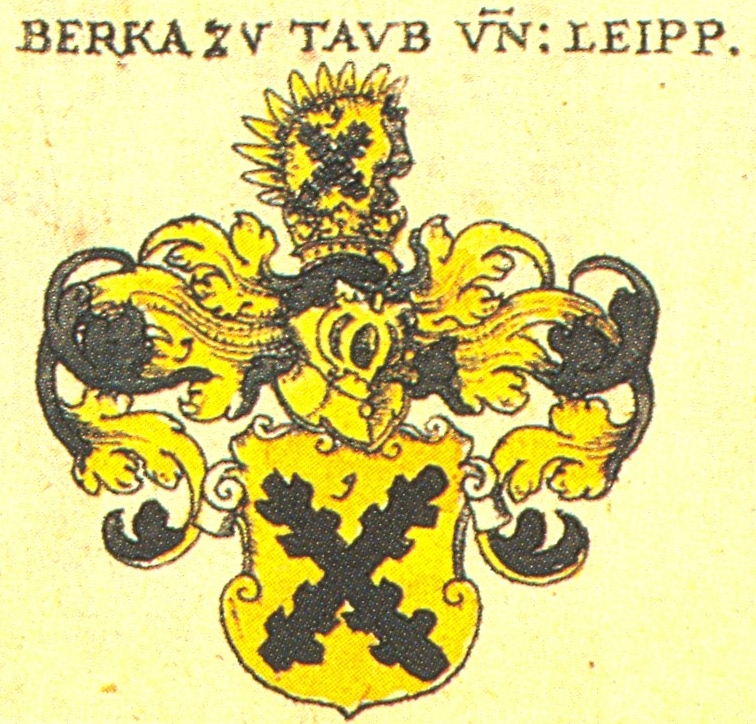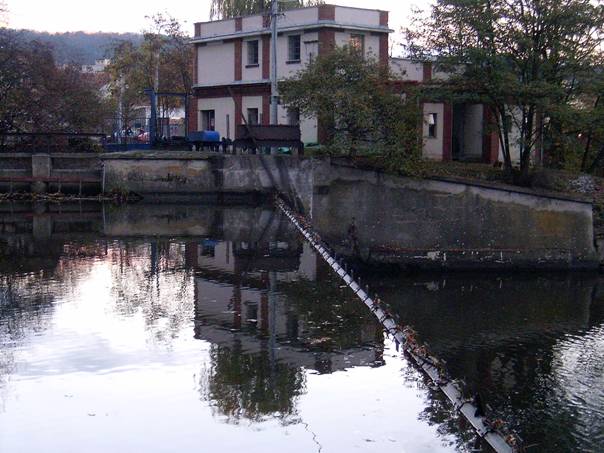|
Svratka (Žďár Nad Sázavou District)
Svratka () is a town in Žďár nad Sázavou District in the Vysočina Region of the Czech Republic. It has about 1,400 inhabitants. Administrative parts Town parts of Česká Cikánka, Moravská Cikánka and Moravská Svratka are administrative parts of Svratka. Etymology The town was named after the Svratka river. The name of the river itself was derived from the old Czech verb ''sworti'' which meant "to meander". Geography Svratka is located about northeast of Žďár nad Sázavou and northeast of Jihlava. It lies on the border between the Upper Svratka Highlands and Iron Mountains. The highest point is at above sea level. The Svratka River flows through the town; it formed here the historical border between Bohemia and Moravia. The town lies within the Žďárské vrchy Protected Landscape Area. History The first written mention of Svratka is from 1350. Important noble families took turns in ownership of Svratka: Lords of Pardubice, Podiebrad family, Berka of Dubá famil ... [...More Info...] [...Related Items...] OR: [Wikipedia] [Google] [Baidu] |
Obec
Obec (plural: ''obce'') is the Czech language, Czech and Slovak language, Slovak word for a municipality (in the Czech Republic, in Slovakia and abroad). The literal meaning of the word is "Intentional community, commune" or "community". It is the smallest administrative unit that is governed by elected representatives. Cities and towns are also municipalities. Definition Legal definition (according to the Czech code of law with similar definition in the Slovak code of law) is: ''"The municipality is a basic territorial self-governing community of citizens; it forms a territorial unit, which is defined by the boundary of the municipality."'' Every municipality is composed of one or more cadastre, cadastral areas. Every municipality is composed of one or more administrative parts, usually called town parts or villages. A municipality can have its own flag and coat of arms. Czech Republic Almost whole area of the republic is divided into municipalities, with the only exception be ... [...More Info...] [...Related Items...] OR: [Wikipedia] [Google] [Baidu] |
Iron Mountains (Czech Republic)
The Iron Mountains (Železné hory) is a mountain range in the Czech Republic, which is a part of the Bohemian-Moravian Highlands. Their location is in the North of the Bohemian-Moravian Highlands. They have an area of 748 km², their average height is 480,8 metres, and their highest peak is Pešava at a height of 697 metres which is located exactly in the Sečská Upland, which is part of the Iron Mountains. But other sources state that the highest peak is Vestec, at a height of 668 metres. Etymology The mountain's name originates from the past metal abundance of the region, as it was the site of many mines of iron. Geography The mountain range can be characterised geographically, as an upland with a triangular shape, with a plateau from the southeast through to the northwest of the mountains. Divisions *Chvaletická Plateau *Sečská Upland Highest mountain peaks *Pešava 697 metres *Vestec 668 metres *Spálava 663 metres *U Chloumku 661 metres *Srní 653 metres *Zuberský ... [...More Info...] [...Related Items...] OR: [Wikipedia] [Google] [Baidu] |
Josef Věromír Pleva
Josef Věromír Pleva (12 August 1899 – 7 September 1985) was a Czech writer of books for children. He is best known for ''Malý Bobeš'', a book that belongs to the most important books of Czech children's literature. Biography Pleva was born in Moravská Svratka in Austria-Hungary (today part of Svratka in the Czech Republic. He was born as the eldest of eight children into an evangelical family. His father was a railway worker and the family moved frequently. Pleva trained as a bookbinder and briefly worked as a bookbinder in Frenštát pod Radhoštěm, Nové Město na Moravě and Moravské Budějovice. In 1920–1924 he studied teaching in Čáslav and subsequently became a teacher. He taught in Ječovice, Černouček and various places in the Vysočina Region. In 1926, he became a member of the Communist Party of Czechoslovakia. Together with his friends, he founded the Group of Literary and Art Workers in 1928. It was supposed to be the opposition to ''Devětsil''. The ... [...More Info...] [...Related Items...] OR: [Wikipedia] [Google] [Baidu] |
Thurn Und Taxis
The Princely House of Thurn and Taxis (german: link=no, Fürstenhaus Thurn und Taxis ) is a family of German nobility that is part of the ''Briefadel''. It was a key player in the postal services in Europe during the 16th century, until the end of the Holy Roman Empire in 1806, and became well known as the owner of breweries and builder of many castles. The current head of the House is Albert, 12th Prince of Thurn and Taxis. The family is one of the wealthiest in Germany and has resided at St. Emmeram Castle in Regensburg since 1812. They resided in this city since 1748. They are one of the mediatised Houses for their former Sovereign Imperial counties, later mediatised to Kingdom of Wurttemberg (Principality of Buchau, now Bad Buchau), Kingdom of Bavaria and Hohenzollern-Sigmaringen. History The Tasso family (from the Italian word for "badger") was a Lombard family in the area of Bergamo. The earliest records place them in Almenno in the Val Brembana around 1200,Serassi ... [...More Info...] [...Related Items...] OR: [Wikipedia] [Google] [Baidu] |
Kinsky
The House of Kinsky (formerly Vchynští, sg. ''Vchynský'' in Czech; later (in modern Czech) Kinští, sg. ''Kinský''; german: Kinsky von Wchinitz und Tettau) is a prominent Czech noble family originating from the Kingdom of Bohemia. During the Thirty Years' War, the Kinsky family rose from minor nobles to comital (1628) and later princely status (1747) under the rule of the Habsburgs. The family, recorded in the ''Almanach de Gotha'', is considered to have been one of the most illustrious of Austria-Hungary. History According to romantic medieval legend, the Kinsky story began in Bohemia over 1,000 years ago, when a king's beautiful daughter went out hunting in the forest and was attacked by a pack of wolves. Her attendants all fled the terrible scene except for one young man, who saved the princess by killing some wolves and driving the rest away. In gratitude, the girl's father ennobled the young man, granting him a coat of arms featuring three wolves' teeth as an emblem of h ... [...More Info...] [...Related Items...] OR: [Wikipedia] [Google] [Baidu] |
Berka Of Dubá
Berka of Dubá ( cs, Berka z Dubé) was a cadet branch of a Bohemian noble family of Lords of Dubá established by Hynek Berka of Dubá (1249–1306). It held estates in what is today the Czech Republic and Saxony in Germany throughout the Middle Ages. Domanial Houska, Bělá pod Bezdězem, Bezděz, Lemberk, Dubá, Zákupy, Milštejn, Tolštejn, Kokořín, Kuřívody, Berštejn, Mühlberg (until the 15th century), Herrschaft Hohnstein (Saxony) – given in exchange for Mühlberg to the House of Wettin in 1443. End of line After the Battle of White Mountain on 8 November 1620, many of the members were expelled together with the King Frederick I and domanials were confiscated. One of the family members, loyal to the Emperor Ferdinand II, was created an Imperial Count in 1637. Line died off in the 18th century, some descendants of expellees after the Battle of White Mountain remained in Sweden and in Saxony during 18th and 19th centuries. Notable members *Zbyn ... [...More Info...] [...Related Items...] OR: [Wikipedia] [Google] [Baidu] |
Podiebrad Family
The Bohemian Poděbrady family ( cz, Páni z Poděbrad) was a noble family in Bohemia, arising from the Lords of Kunštát. After Boček I of Poděbrady, Boček of Kunštát (d. 1373) had acquired the Lordship of Poděbrady by marriage, he called himself "Boček of Kunštát and Poděbrady". The most prominent member of the family was George of Poděbrady, who was king of Bohemia. His sons were raised to imperial counts and Counts of County of Kladsko, Glatz. They founded the Silesian branch of the family, the Dukes of Duchy of Münsterberg, Dukes of Münsterberg ( cz, Knížata z Minsterberka). History Among the members of Poděbrady and Münsterberg branches of the family were some of the most important political figures in the Kingdom of Bohemia in the 14th through 17th century. Among their possessions were Poděbrady Castle, Poděbrady in central Bohemia and the eastern Bohemian dominions Litice Castle and Lordship of Hummel, Hummel and parts of the territory of the for ... [...More Info...] [...Related Items...] OR: [Wikipedia] [Google] [Baidu] |
Žďárské Vrchy
Žďárské vrchy (german: Saarer Bergland) is a mountain range in the Czech Republic. It is located in the northwest part of Upper Svratka Highlands which is part of Bohemian-Moravian Highlands and has an area of 485.78 sq km. The highest peak of Žďárké vrchy is Devět skal (836 m). Other significant peaks are Křovina (829,7 m), Křivý javor (823,5 m), Kopeček (821,7 m) or Pasecká skála (818,6 m). Žďárské vrchy is a source of the Sázava (river), Sázava and Svratka (river), Svratka rivers. The forest cover comprises mostly Spruce, spruces, mixed by Beech, beeches, firs, Larch, larches and Pine, pines. References {{Mountain-stub Mountain ranges of the Czech Republic ... [...More Info...] [...Related Items...] OR: [Wikipedia] [Google] [Baidu] |
Moravia
Moravia ( , also , ; cs, Morava ; german: link=yes, Mähren ; pl, Morawy ; szl, Morawa; la, Moravia) is a historical region in the east of the Czech Republic and one of three historical Czech lands, with Bohemia and Czech Silesia. The medieval and early modern Margraviate of Moravia was a crown land of the Lands of the Bohemian Crown from 1348 to 1918, an imperial state of the Holy Roman Empire from 1004 to 1806, a crown land of the Austrian Empire from 1804 to 1867, and a part of Austria-Hungary from 1867 to 1918. Moravia was one of the five lands of Czechoslovakia founded in 1918. In 1928 it was merged with Czech Silesia, and then dissolved in 1949 during the abolition of the land system following the communist coup d'état. Its area of 22,623.41 km2 is home to more than 3 million people. The people are historically named Moravians, a subgroup of Czechs, the other group being called Bohemians. Moravia also had been home of a large German-speaking populati ... [...More Info...] [...Related Items...] OR: [Wikipedia] [Google] [Baidu] |
Bohemia
Bohemia ( ; cs, Čechy ; ; hsb, Čěska; szl, Czechy) is the westernmost and largest historical region of the Czech Republic. Bohemia can also refer to a wider area consisting of the historical Lands of the Bohemian Crown ruled by the Bohemian kings, including Moravia and Czech Silesia, in which case the smaller region is referred to as Bohemia proper as a means of distinction. Bohemia was a duchy of Great Moravia, later an independent principality, a kingdom in the Holy Roman Empire, and subsequently a part of the Habsburg monarchy and the Austrian Empire. After World War I and the establishment of an independent Czechoslovak state, the whole of Bohemia became a part of Czechoslovakia, defying claims of the German-speaking inhabitants that regions with German-speaking majority should be included in the Republic of German-Austria. Between 1938 and 1945, these border regions were joined to Nazi Germany as the Sudetenland. The remainder of Czech territory became the Second ... [...More Info...] [...Related Items...] OR: [Wikipedia] [Google] [Baidu] |
Svratka (river)
The Svratka (), formerly ''Švarcava'' (german: Schwarzach) is a river in the South Moravian Region of the Czech Republic. It is long, and its basin area is . It rises in the Bohemian-Moravian Highlands, converges with the Svitava in Brno, and flows into the Dyje (''Thaya'') a near Mikulov. The river is known in the local Moravian dialect as the ''Švarcava'' (from the German German(s) may refer to: * Germany (of or related to) ** Germania (historical use) * Germans, citizens of Germany, people of German ancestry, or native speakers of the German language ** For citizens of Germany, see also German nationality law **Ge ... name of the river ''Schwarzach''). References Rivers of the Vysočina Region Rivers of the South Moravian Region Břeclav District Žďár nad Sázavou District {{CzechRepublic-river-stub ... [...More Info...] [...Related Items...] OR: [Wikipedia] [Google] [Baidu] |
Upper Svratka Highlands
The Upper Svratka Highlands ( cs, Hornosvratecká vrchovina, german: Hohe Schwarza Bergeland) is a mountain range in Moravia, Czech Republic. The Highlands, together with the Křižanov Highlands threshold, form the Western-Moravian part of Moldanubian Zone – east south part of Bohemian Massif. Geography The Upper Svratka Highlands rise to the north of the Tišnov, Moravia between Lomnice u Tišnova, and the Svratka in the north. The Highlands have an area of and an average height of . The highest peak is ''Devět skal'' at ; other peaks are ''Žákova hora'' ''Pohledecká skála'' , ''Horní les'' , ''Harusův kopec'' , ''Přední skála'' , or ''Sýkoř'' . The northwestern part is formed by Žďárské vrchy mountain range. To the southeast is the Boskovice Furrow in the mid-Moravian part of the Brno Highlands as well and in the east the Svitavy Uplands. The Svratka river stream naturally established Bohemian-Moravian border, the other part of Elbe–Danube main Europe ... [...More Info...] [...Related Items...] OR: [Wikipedia] [Google] [Baidu] |




